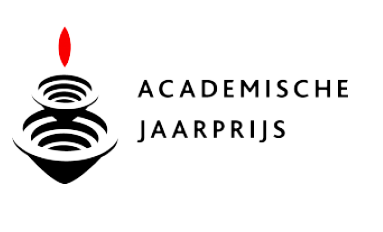MEDIA IMPACT
OPEN SOURCE
UNIVERSITY TEACHING
MEDIA IMPACT
OPEN SOURCE
UNIVERSITY TEACHING
Bird Laser Goggles
Eric Gutierrez | Open hardware for PIV
We developed bird laser safety goggles that were custom fit and built to protect the eyes of animals during PIV experiments. The goggle sockets were 3D printed (ProJetTM HD 3500) from clear acrylic material (VisiJet® Crystal) and painted with carbon black acrylic paint (Golden Fluid Acrylics). The lenses were salvaged from professional laser safety goggles with polycarbonate filter lenses of optical density 6. The lenses were cut to size and friction fit to the goggle sockets. The goggle sockets were wrapped around the bird’s head with three pieces of lightweight, self-stick Vetrap Bandaging Tape. The goggles covered the entire eyes of the bird from any direct or stray laser light and could not be taken off by the bird during the experiments. To prevent the goggles from fogging up, we applied a thin film of shaving cream (Barbasol) onto the surface of the lenses. The total weight of the goggles was 1.68 grams, about 5.8% of the bird’s mass (sockets, 0.44 g; lenses, 0.68 g; vet wrap, 0.14 g; paint, 0.34 g; reflective markers, 0.08 g). See the dowlloadable STL file on this page for 3D CAD models of the laser safety goggle design.

STL file of the sockets for animal laser safety goggles that meet the same laser light rejection standards as for humans. For design and use details see the video and description of the design on this page as well as the following paper on our publications page: Gutierrez, E., Quinn, D.B., Chin, D.D. and Lentink D. (2016) Lift calculations based on accepted wake models for animal flight are inconsistent and sensitive to vortex dynamics. Bioinspir. Biomim. 12 016004
SPONSORS












